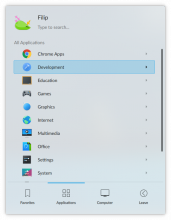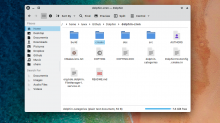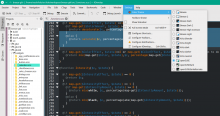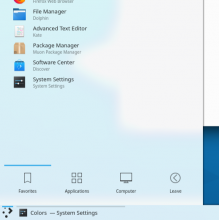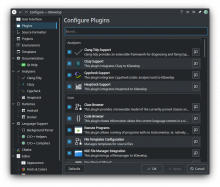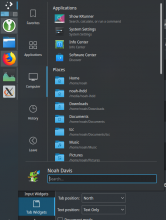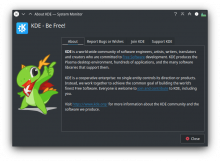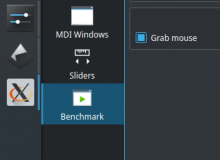Currently our highlight effects are in somewhat of a stylistic discrepancy. We have:
- EFFECT 1: Plain rectangles using highlight color
- EFFECT 2: Rounded rectangles using highlight color for borders and highlight color at 30% opacity for the background
It wouldn't be desirable to have them be identical because some highlights span the full width of their UI element. We can bring them closer together, however. I would suggest we:
- keep effect 2
- modify effect 1 to have two variants:
- one looking exactly like effect 2
- the other one (used when filling width) could look like this:
The above would solve our issue with text legibility ; we could also finally use dark text (in the case of Breeze).

